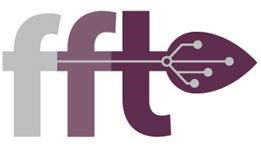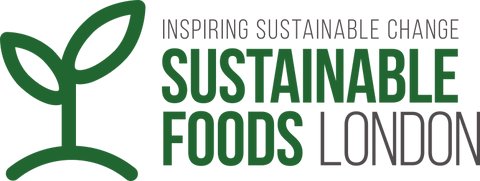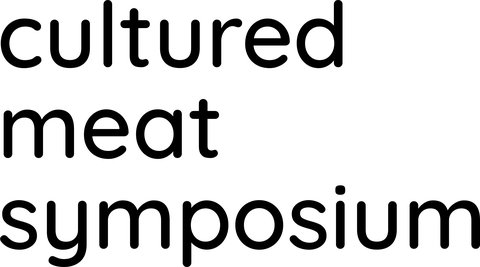First-of-Its-Kind Report Reveals Large & Lucrative Opportunities for Investors and Innovators
November 5, 2021 - 3 min read
White space analysis shows next-gen materials set to follow alternative proteins in growth and profitability
November 4, 2021 – Materials industry nonprofit think-tank The Material Innovation Initiative (MII) and The Mills Fabrica, an investor and ecosystem builder in sustainable agrifood, textiles, and fashion industry innovations, have published an analysis of the materials industry detailing “white space” opportunities for animal-free, sustainable leather, down, wool, silk, fur, and exotic skins.
“Our goal is to show this nascent industry underserved technological efforts that will make a big impact,” says MII Chief Science Officer Sydney Gladman, Ph.D. “These white spaces do not focus on a single product or market, but instead highlight opportunities that will produce a ripple effect across the entire next-gen materials industry and beyond.”
The Mills Fabrica notes that – like the alternative protein industry a decade ago – the next-gen materials industry is replete with untapped opportunities. Innovators and investors are now in a position to start the next-gen material versions of Beyond Meat and Impossible Foods, reaping the rewards of future billion-dollar companies.
“We are delighted to join hands with The Material Innovation Initiative to discuss the untapped potential of the next-gen materials. As consumers’ awareness of sustainability continues to increase, it’s the right time to keep the traction by introducing these material innovations to the wider community,” says Angus Tsang, Research and Investment from The Mills Fabrica.
MII’s co-founders, Nicole Rawling and Stephanie Downs, both came from the world of alternative protein.
“Stephanie and I have seen this sort of industry-wide change happen before, and today’s materials industry looks very familiar to us,” notes MII CEO Nicole Rawling.
For this analysis, MII and The Mills Fabrica define white spaces as areas with significant opportunity for focused R&D and the creation of new technologies and companies to fulfill unmet needs across the next-gen ecosystem.
The most significant white spaces are in materials other than leather. Approximately two-thirds of current players are producing next-gen leather. This leaves silk, wool, down, fur, and exotic skins with limited innovation efforts so far, providing many profitable opportunities, especially in fur and silk.
Other white spaces identified include:
● Sustainable feedstock and additives (White Spaces 2,3,4).
● Versatile end-of-life strategies (White Space 5).
● Implementing bottom-up materials design in R&D (White Space 6).
● Hot spots in biotech process challenges (White Space 7).
According to the United Nations, industrial animal farming is a leading cause of many of the most pressing problems of our time. These include climate change, biodiversity loss, environmental degradation, air and water pollution, excessive waste, public health risks, and animal cruelty. Given that at least two thirds of a brand’s sustainability impact can be tied to its choice of raw materials, brands will need alternatives to current animal materials to meet sustainability goals.
There are opportunities available across the board. Dr. Amanda Parkes, chief innovation officer at next-gen clothing company Pangaia, puts it simply: “We need a lot of people doing some things better, rather than a few people doing everything perfectly.”
This whitespace report provides a roadmap for innovators and investors – as well as brands, startups, scientists, and engineers – looking to do well by doing good.
Download the full report here.
For media enquiries, please contact:
Jenna Chow
Research & Investment, The Mills Fabrica
jenna.chow@themillsfabrica.com


















